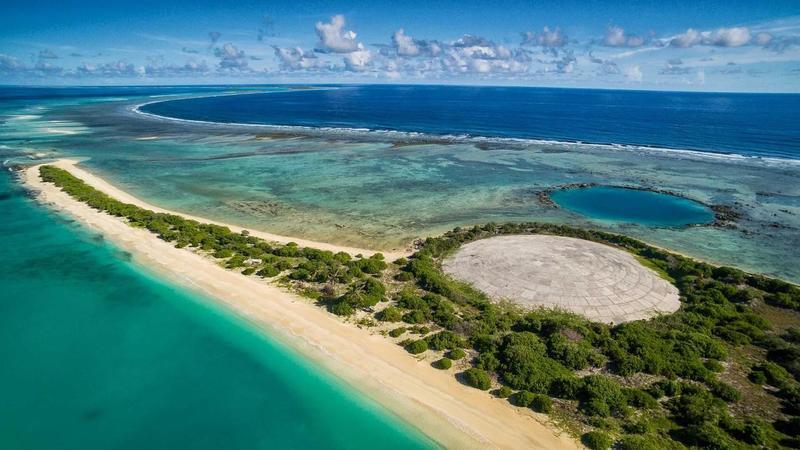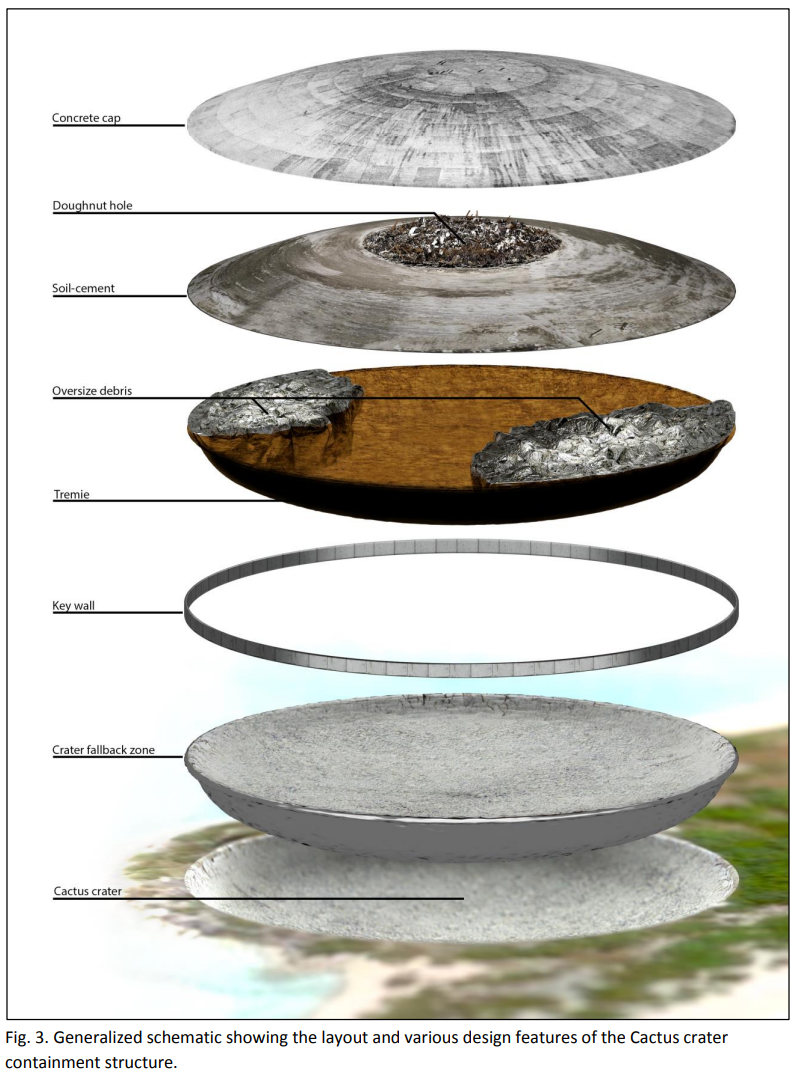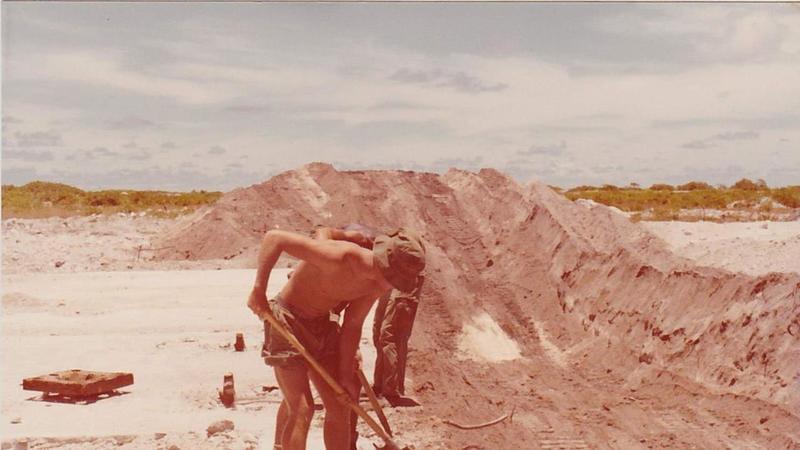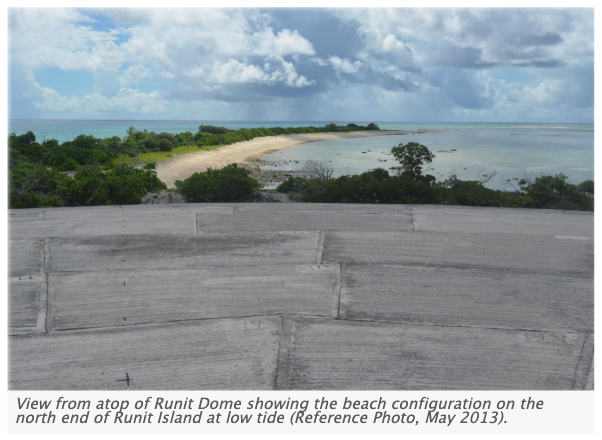Several weeks ago, we reported that U.N. Secretary-General Antonio Guterres sounded the alarm over a large concrete dome constructed 40 years ago in the Marshall Islands to contain radioactive waste from Cold War-era nuclear tests.
According to Guterres, the dome – which houses approximately 73,000 cubic meters of nuclear debris on Runit Island, part of the Enewetak Atoll – may be leaking radioactive material into the Pacific Ocean, as the porous ground underneath the 18″ thick dome was never lined as initially planned.
Now, a new report from the Los Angeles Times shows that researchers have detected high levels of radiation in shellfish – confirming the worst case scenario: nuclear waste is devastating marine ecosystems near the dome.
The discovery is “raising concerns the contamination is spreading from the dump site’s tainted groundwater into the ocean and the food chain.”
The radiation “is either leaking from the waste site — which U.S. officials reject — or that authorities did not adequately clean up radiation left behind from past weapons testing, as some in the Marshall Islands claim.”
The U.S. tested 67 nuclear weapons tests from 1946 – 1958 at Bikini and Enewetak atolls. Despite U.S. efforts to move people to safety, thousands of islanders were exposed to radioactive fallout from above-ground tests conducted before a moratorium was enacted in 1958.
The tests included the 15 Megaton Castle Bravo on the Bikini Atoll, which was detonated on March 1, 1954. It was the most powerful ever detonated by the United States – and around 1,000 times bigger than the bomb dropped on Hiroshima just nine years before.
The effort to clean up the region in the 1970s included approximately 4,000 American members of the armed forces in what was known as the Enewetak Radiological Support Project.
In our report, we showed how cracks are visible in the dome’s surface, and the sea sometimes washes over its surface during storms.
“The United States Government has acknowledged that a major typhoon could break it apart and cause all of the radiation in it to disperse,” said Columbia University’s Michael Gerrard.
That said, a 2013 DoE report found that the soil outside of the dome is more contaminated than its contents– as the 1970s cleaning operation only removed an estimated 0.8% of the total nuclear waste in Enewetak Atoll.
It’s unclear whether the shellfish were poisoned by radioactive material from the dome, or the 67 previous tests in the surrounding area. However, one thing is obvious: the U.S. delayed the inevitable environmental disaster by burying nuclear waste inside a concrete dome some four decades ago.
via ZeroHedge News http://bit.ly/2XiqQ92 Tyler Durden



